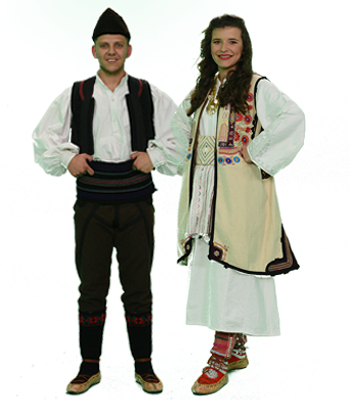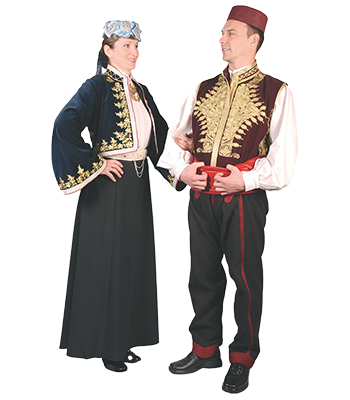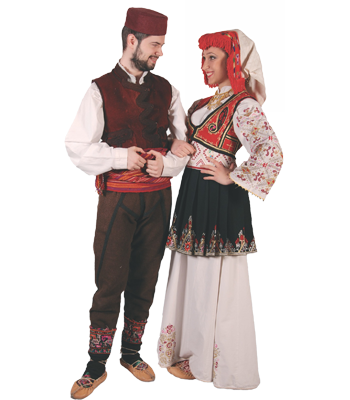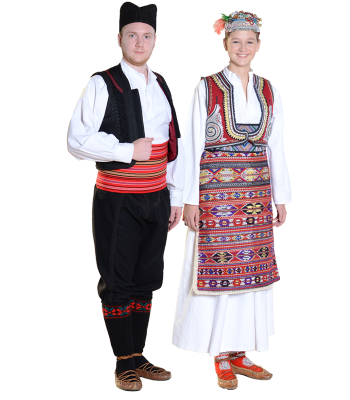Central Kosovo represents the central part of the territory of Kosovo and Metohija.
This region is surrounded by two mountain ranges, Kopaonik to the northwest and Shara to the southwest. The Kopaonik mountain range extends all the way to Lab. In this sequence, there are mountains such as Sokolica, Crnusha, Mramor, Prugovac, and others. From Shara, the Sirinicka mountains descend: Nerodimka, Golesh, Grabovac mountains, and Chichavica.
On both sides, south and north, these two fronts are closed – in the southeast by Shara with the proud peak of Ljuboten, and immediately beyond Lepenac, the Kachanik canyon separates the two neighboring ranges, while in the north, just above Kosovska Mitrovica, the lowered slopes of Kopaonik and Rogozna with the Zvecan canyon close that range.
Each generation inherits a great number of traditions from its ancestors, for which it must give an account to its descendants. To what extent this has succeeded can be seen in the fact that the Serbs from this area, despite very difficult living conditions, have managed to preserve their tradition, nurture games and songs, maintain their assemblies where they gathered: in Priluzje on Transfiguration, in Lipjan on Pentecost, in Gracanica, Plemetina, Ropotovo, Donja Gusterica, the feast of the Holy Emperor is celebrated on Vidovdan, in Drajcici and Nerodimlje, the capitals of King Milutin, whose celebration this society honors, is celebrated on the first day after Easter, in Gracanica, Velika Gospodja (Big Lady), in Gorazdevac Jeremindan, in Strpce Ivanjdan, in Prizren Djurdjevdan, in Hoce Milosrdje, in Pristina St. Nicholas, in Podujevo and Lesak St. Elijah.
Every year, cultural events with a large number of participants and visitors are held in Kosovo and Metohija:
Children's folklore gathering (annual gatherings held so far in Zubin Potok, Zvecan, Silovo, Strpce, Gracanica),
Vidovdan assembly at Gazimestan, Gracanica and Plemetina in the yard of the church dedicated to Emperor Lazar.
Old Serbian Springs (originating in the East, now held in Priluzje on the day of the Transfiguration holiday),
Velikogospojinsko gathering in Leposavic (which has an international character) and
Golden Flute of Kosovo and Metohija.
In Kosovo, the prevailing games are those played with singing, which is an important part of choreographic solutions. Their content consists of love and wedding motifs, as well as family feelings. The steps and movements in traditional Kosovo games have choreographic elements – these are steps with dragging, lightly emphasized and crossed, then throwing, touching the ground with the toes, jumps, foot slapping, movement in the waist, clapping hands. The greatest wealth of Kosovo games lies in the diversity of their choreographic form.
The most common form of circle dance is open, but it can also be found closed, a combined circle with a solo dance in the center, as well as male and female dance. In rural women's games, dancing is so peaceful that it seems depressed, and it is long and seems to be there to release oneself, but it cannot free itself from the feeling of depression and lack of freedom. The rhythm and tact of playing Kosovo women's games show something shaky and uneven, rhythmic. Men in the village play more lively, but in their game, traces of slavery and great suffering from the past are felt, so there is no playfulness. This is best illustrated by games from villages around Gracanica. In cities, however, it is not the same. The play was also temperamental, as in Pristina, some small steps were introduced into the game as a decoration, and among the women's games, the let-down circle is an example of female revelry.
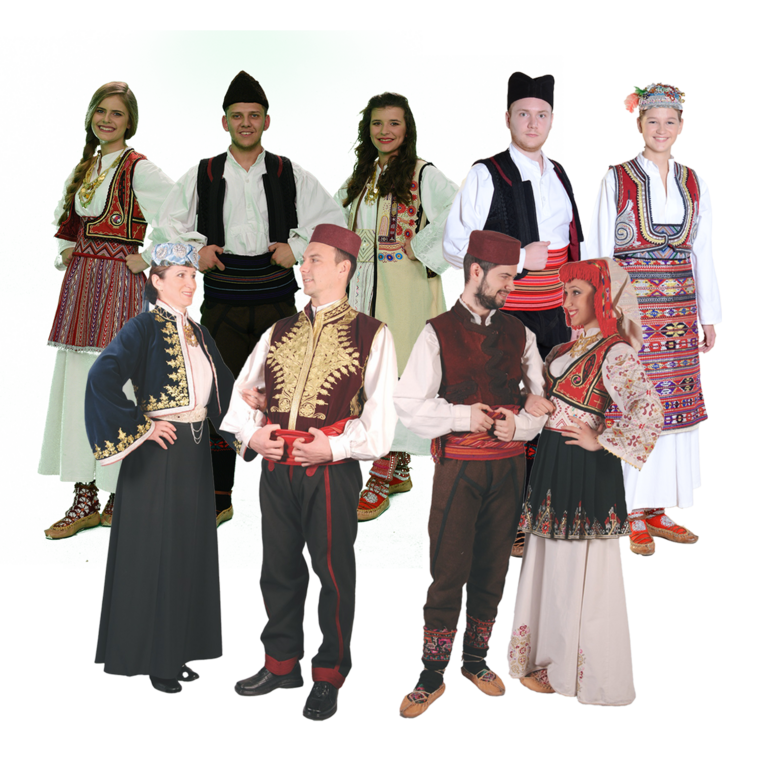
The traditional folklore costumes of Serbs in Central Kosovo,
spanning from the late 19th to the first half of the 20th century
